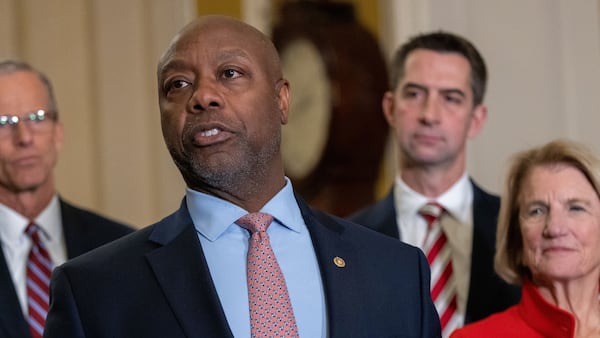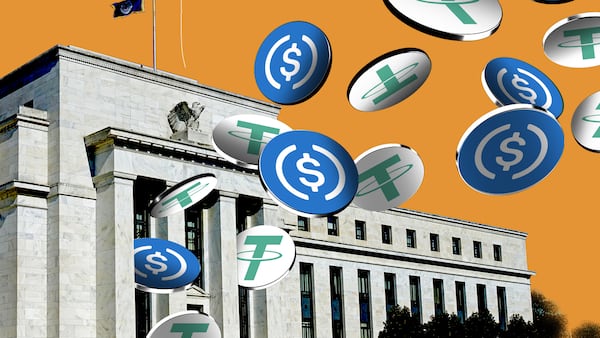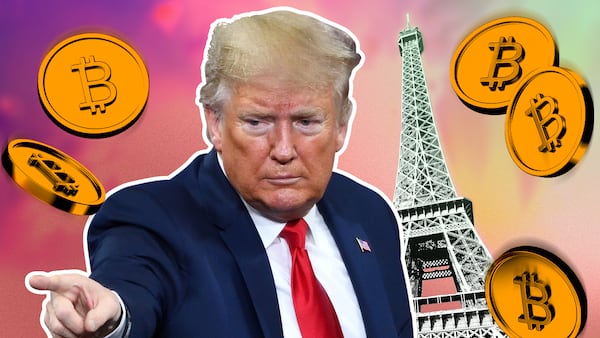- Regulatory tailwinds are seen to drive stablecoins into the stratosphere.
- The Trump administration is busy putting in pro-crypto rules.
The US-based stablecoin supply will surge by over 760% to be worth $2 trillion by 2028.
That’s according to new research from Geoff Kendrick, John Davies and Steve Englander of Standard Chartered Bank in the UK.
The trio of analysts see favourable US regulations as the primary driver of the move.
“If passed by both chambers of Congress and signed by the president, as
looks likely by the summer, the Genius Act will establish the first comprehensive US
regulatory framework for stablecoins,” they wrote in a Tuesday note.
The prediction comes as the Trump administration is moving swiftly to satisfy the agenda of the crypto industry by introducing sweeping executive orders, supporting bills, and appointing pro-crypto people to key government roles.
Genius Act
The Genius Act could open the floodgates for stablecoin issuers to become some of the largest purchasers of US Treasury Bills, Standard Chartered wrote.
The reason? The bill will, among other things, require stablecoin providers to hold Treasury bills with a duration of 93 days or less to back up the stablecoins.
That will likely result in two things. Number one: more stablecoin issuers will adopt an approach akin to Circle, where 88% of its T-bills have an average duration of 12 days.
Number two: it could result in stablecoin issuers buying about $400 billion T-bills per year, which is “enough to absorb all the fresh T-bill issuance planned for the rest of Trump’s second term,” the analysts wrote.
“In terms of supply held, only money-market funds, which currently hold
$2.4 trillion of the total $6.4 trillion of T-bills outstanding, would remain larger holders,” the analysts continued.
The stablecoin market grew 57% last year without those tailwinds.
The bill moved towards a full Senate vote in March after passing through the Senate Banking Committee by a vote of 18 to six, despite vocal objections from the likes of anti-crypto firebrand Elizabeth Warren.
“There is growing evidence of increasing stablecoin use for a variety of purposes akin to those provided in traditional finance,” the analysts wrote.
Stablecoin use outside of crypto is seen as having “the potential to revolutionise global commerce by providing a programmable and efficient alternative to traditional finance systems,” Arnoud Star Busmann of Dutch fintech company Quantoz Payments told DL News.
Andrew Flanagan is a markets correspondent for DL News. Have a tip? Reach out to aflanagan@dlnews.com.







